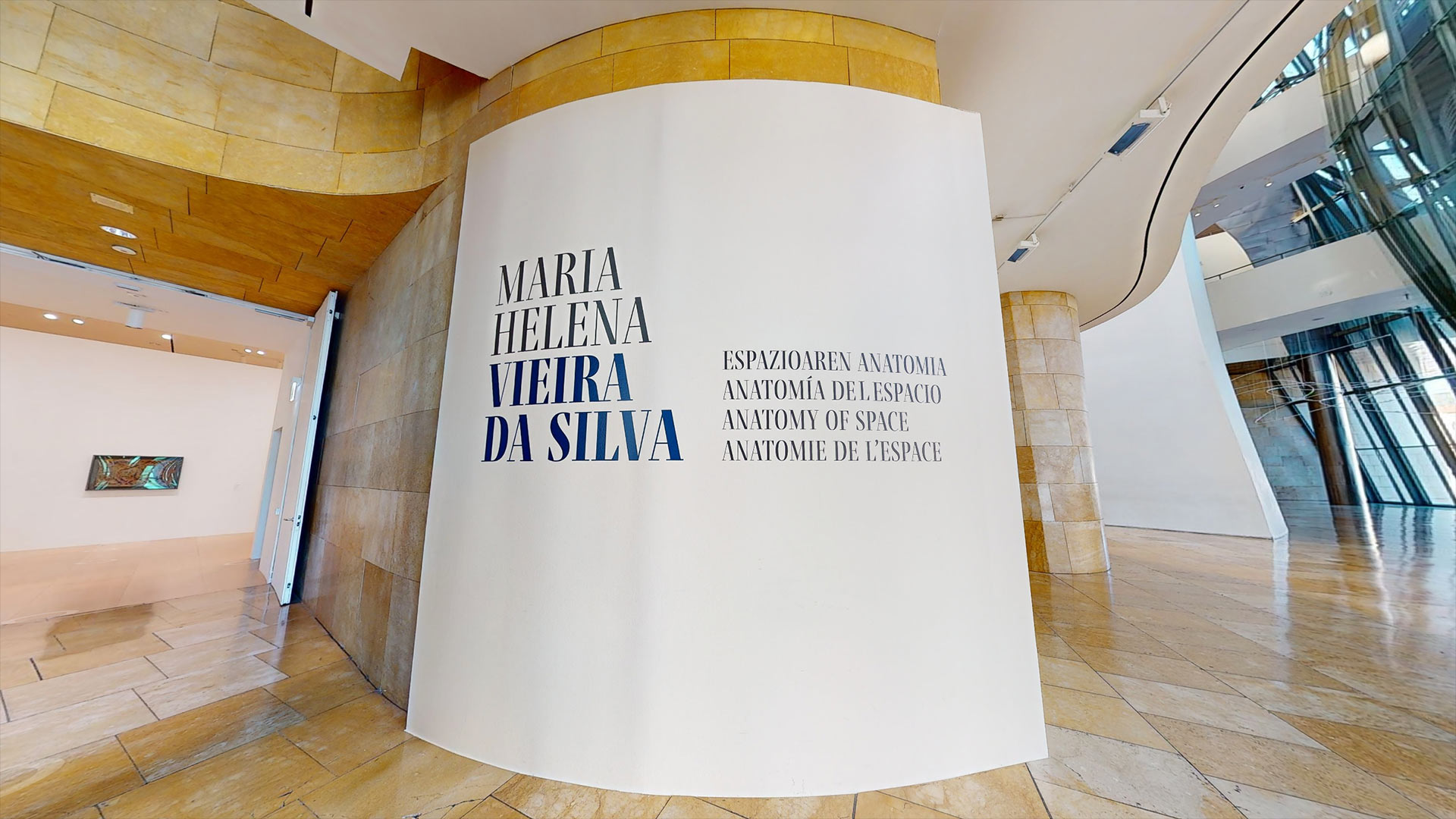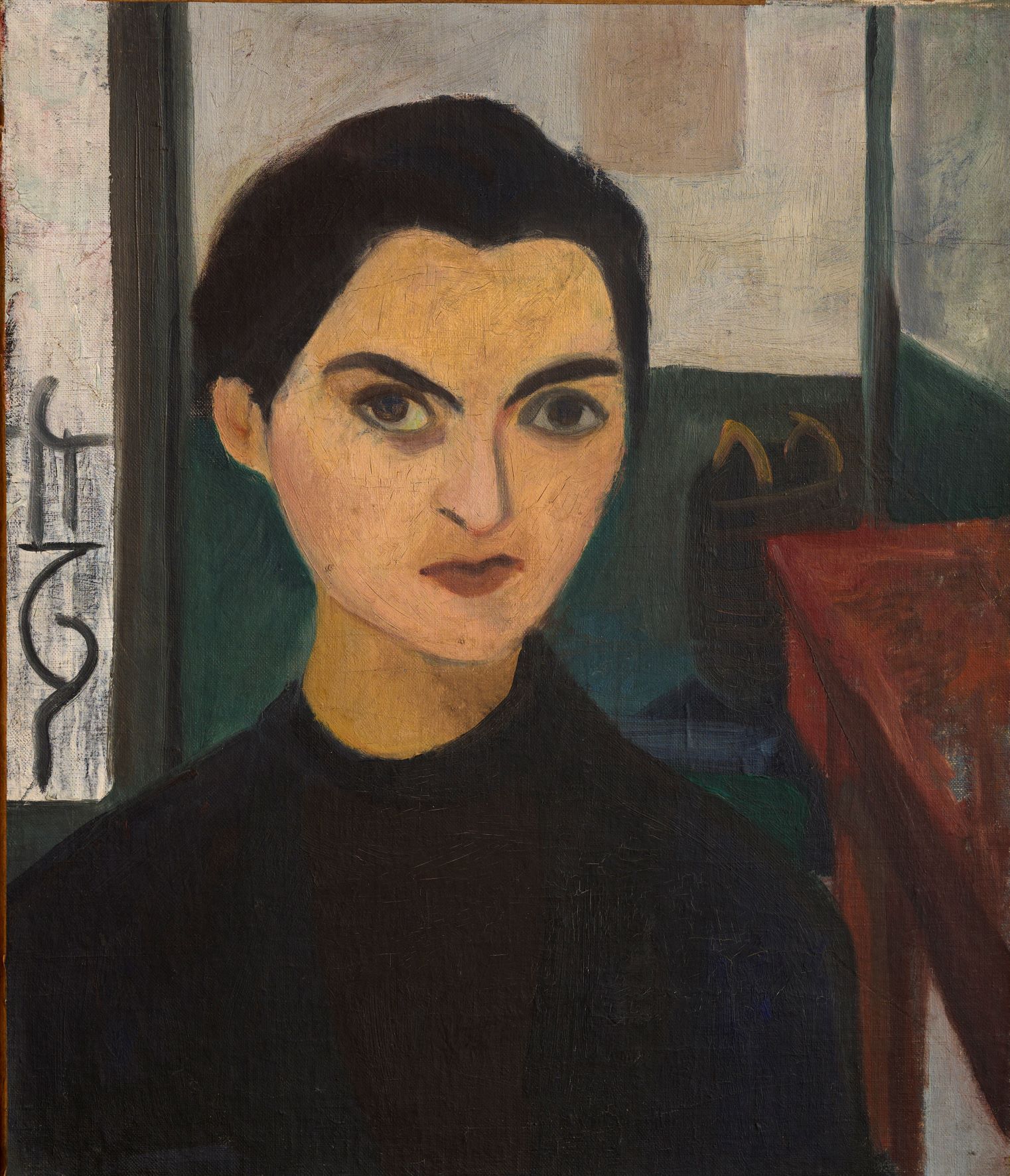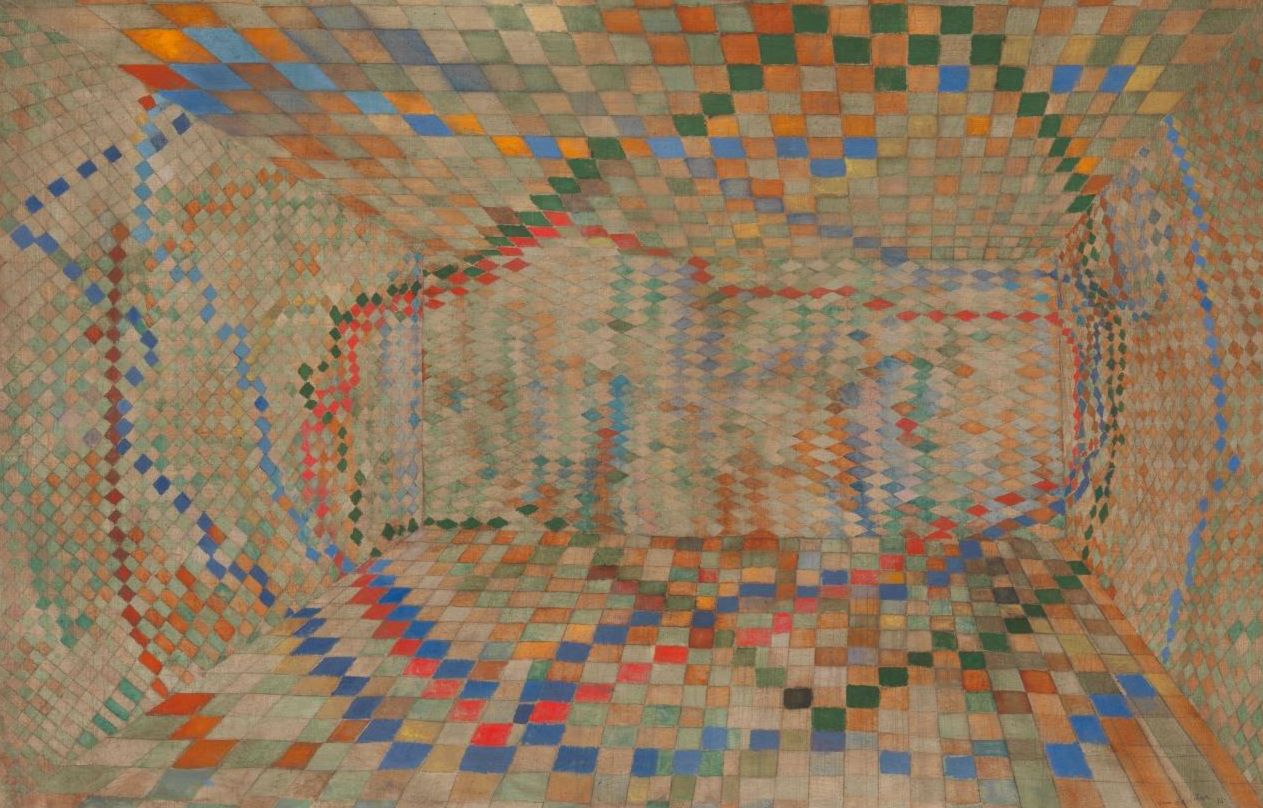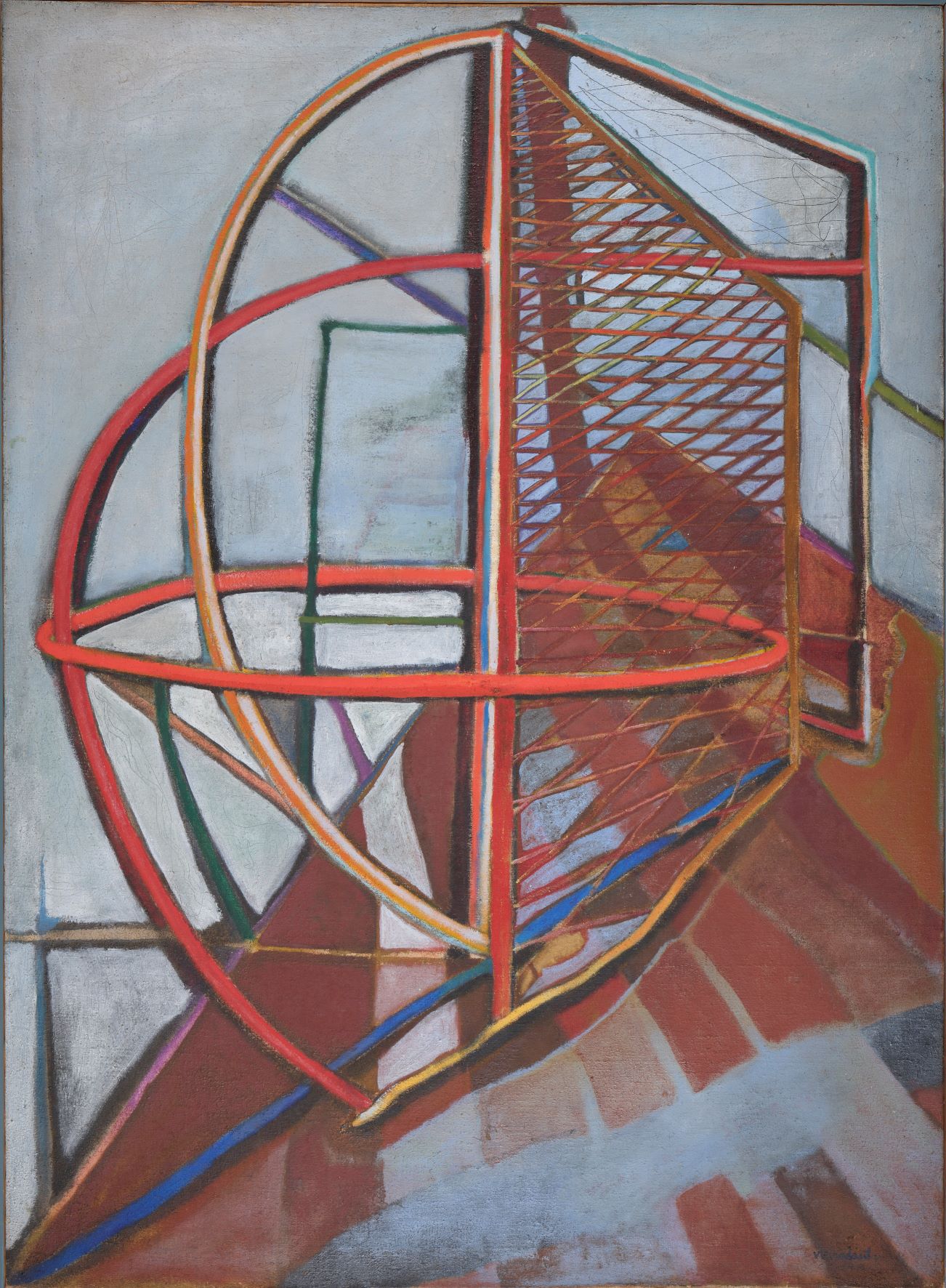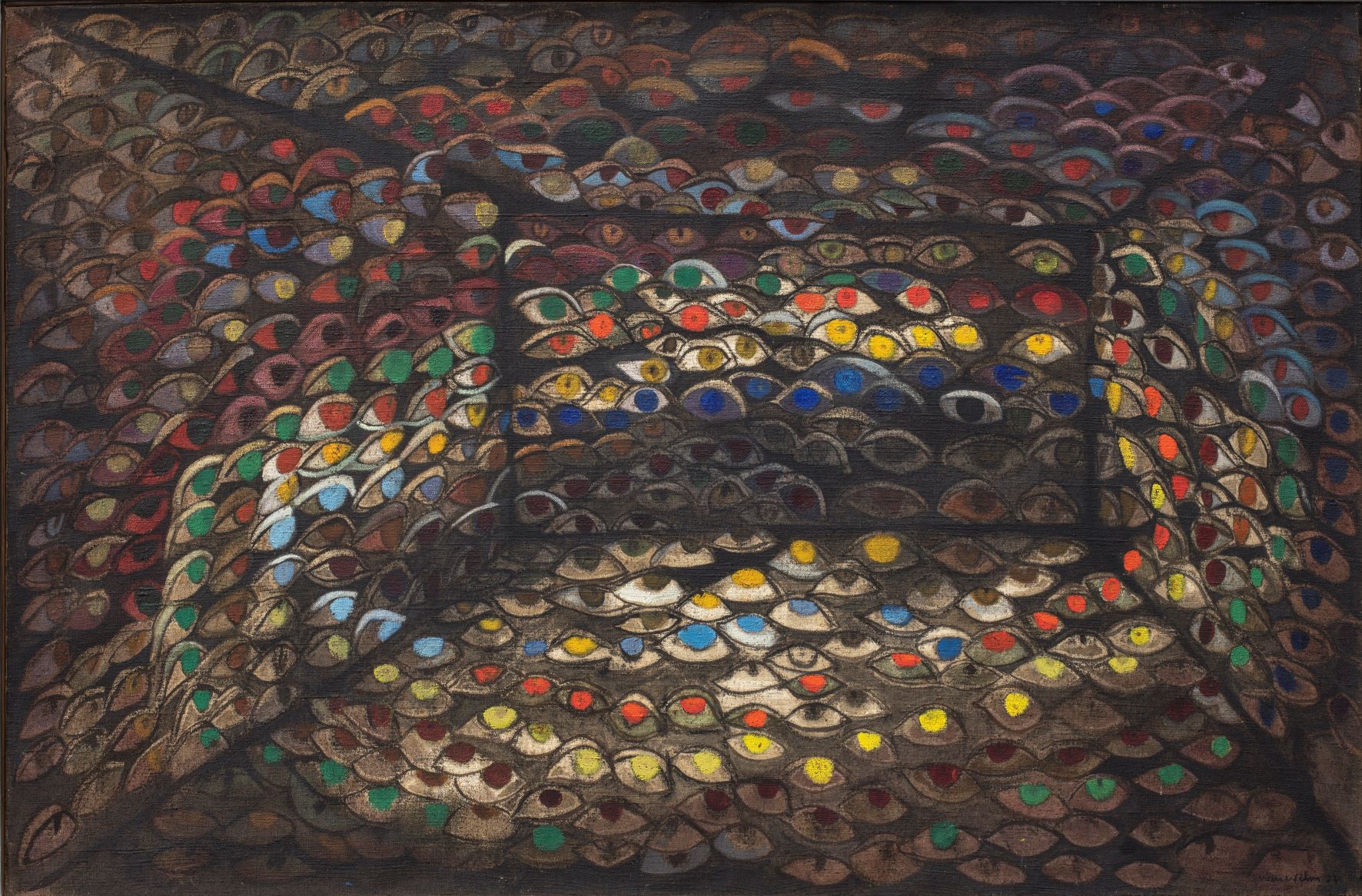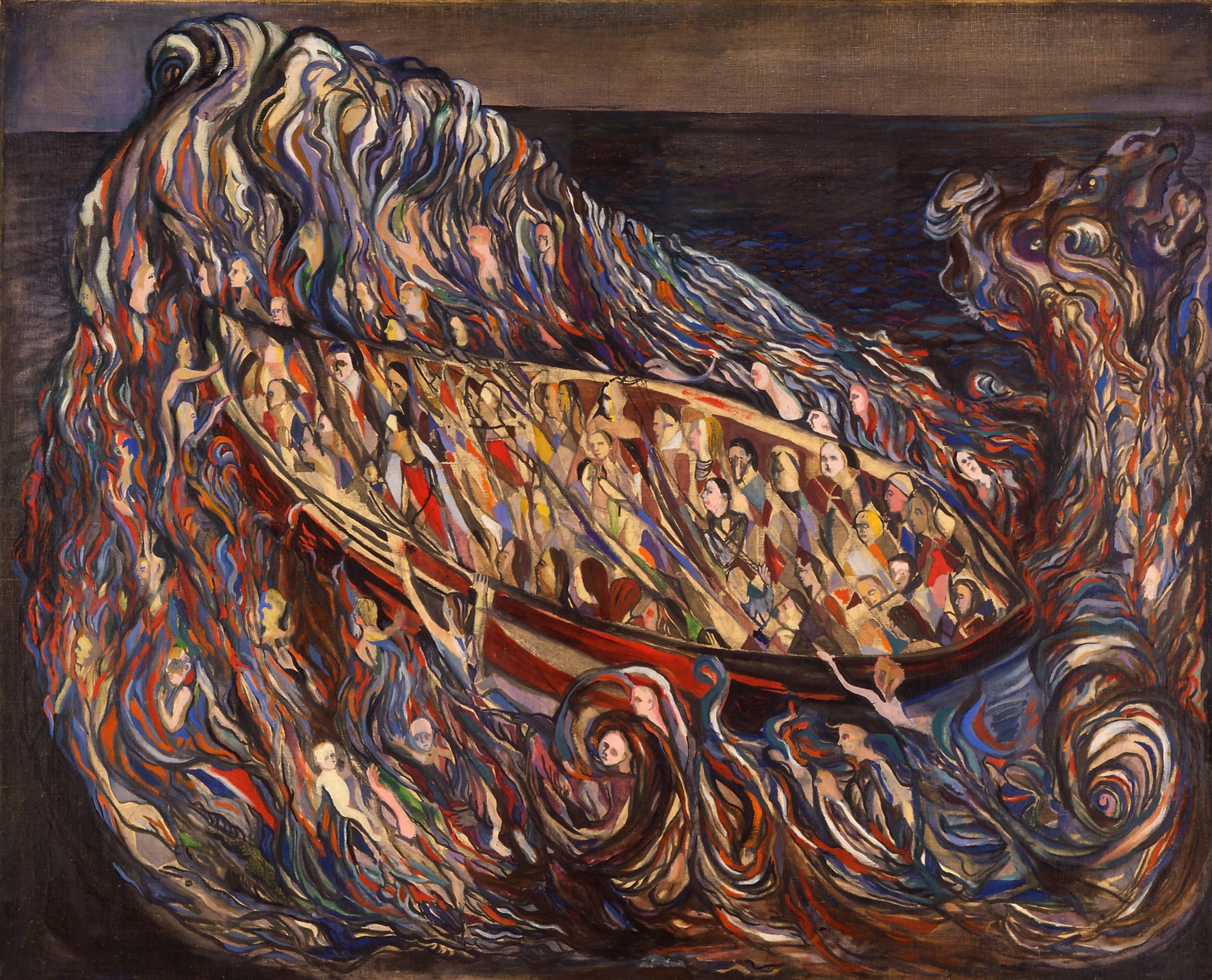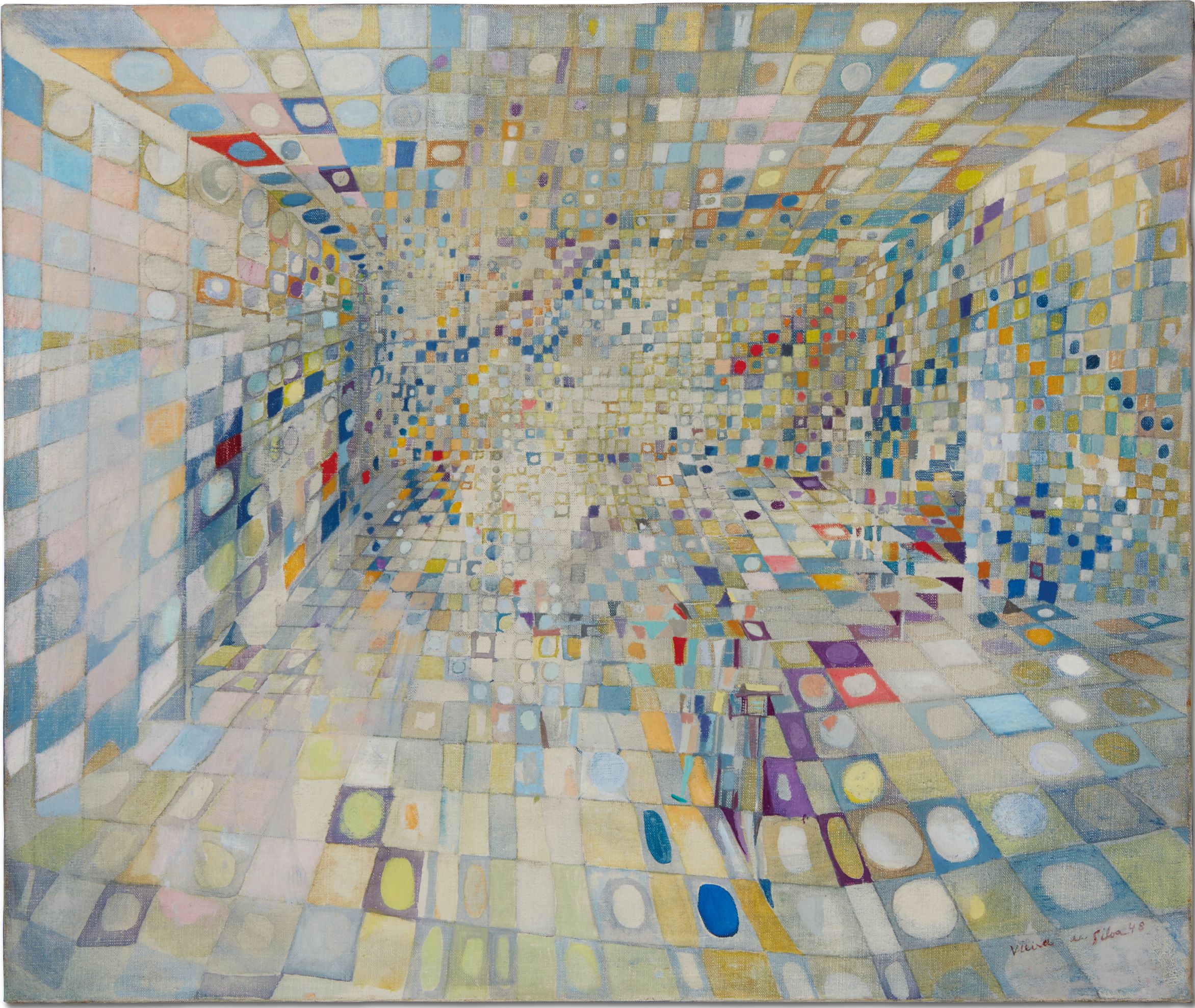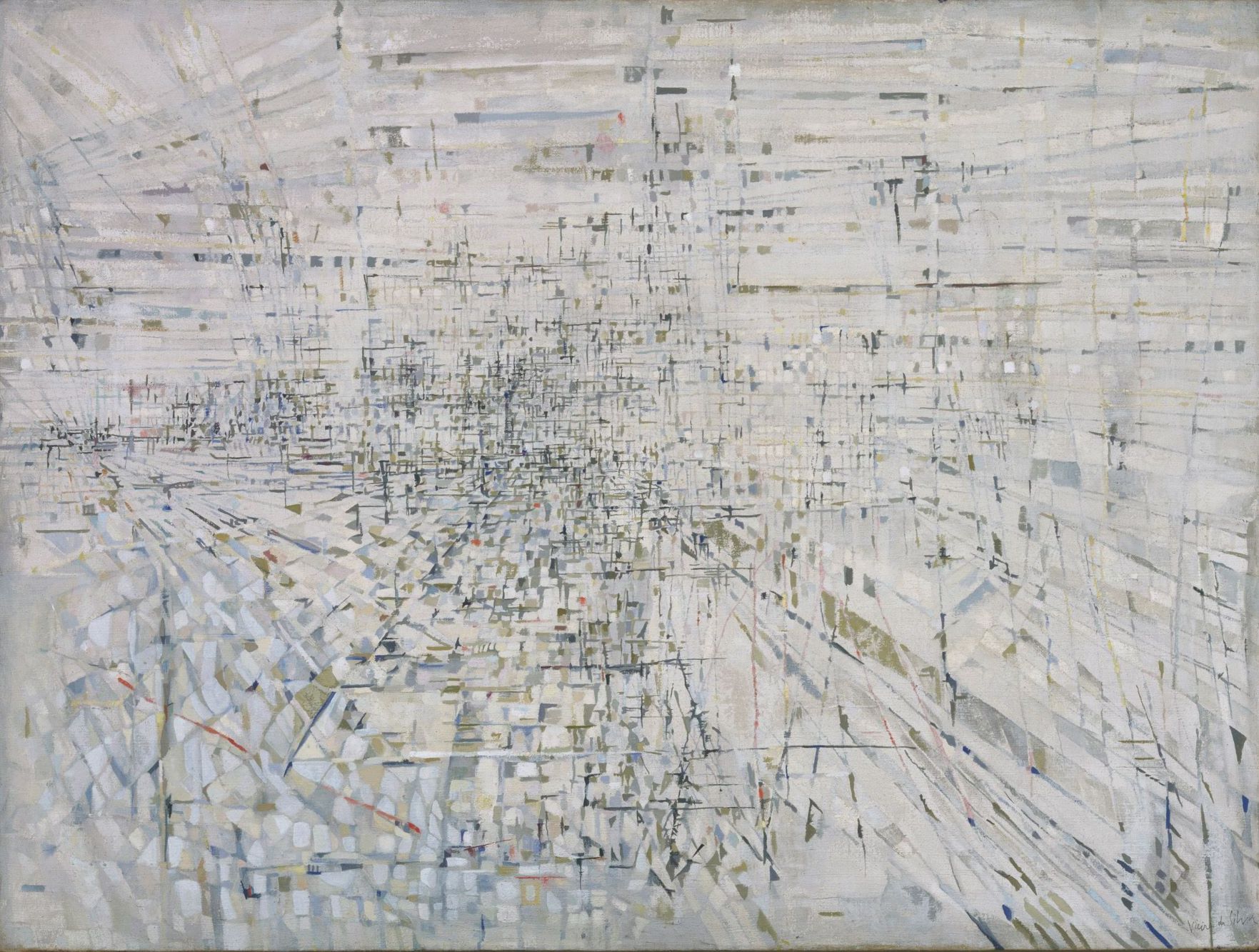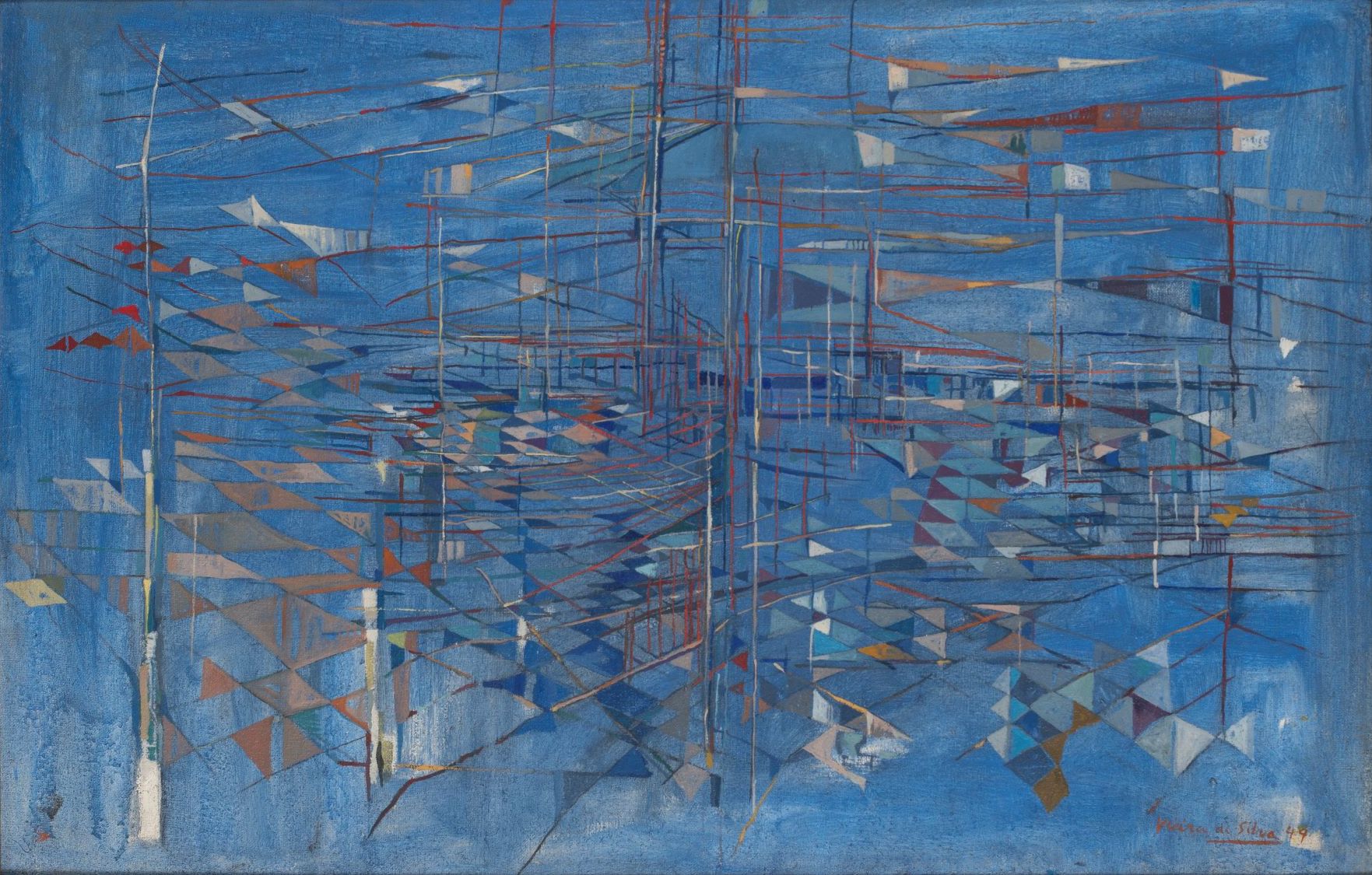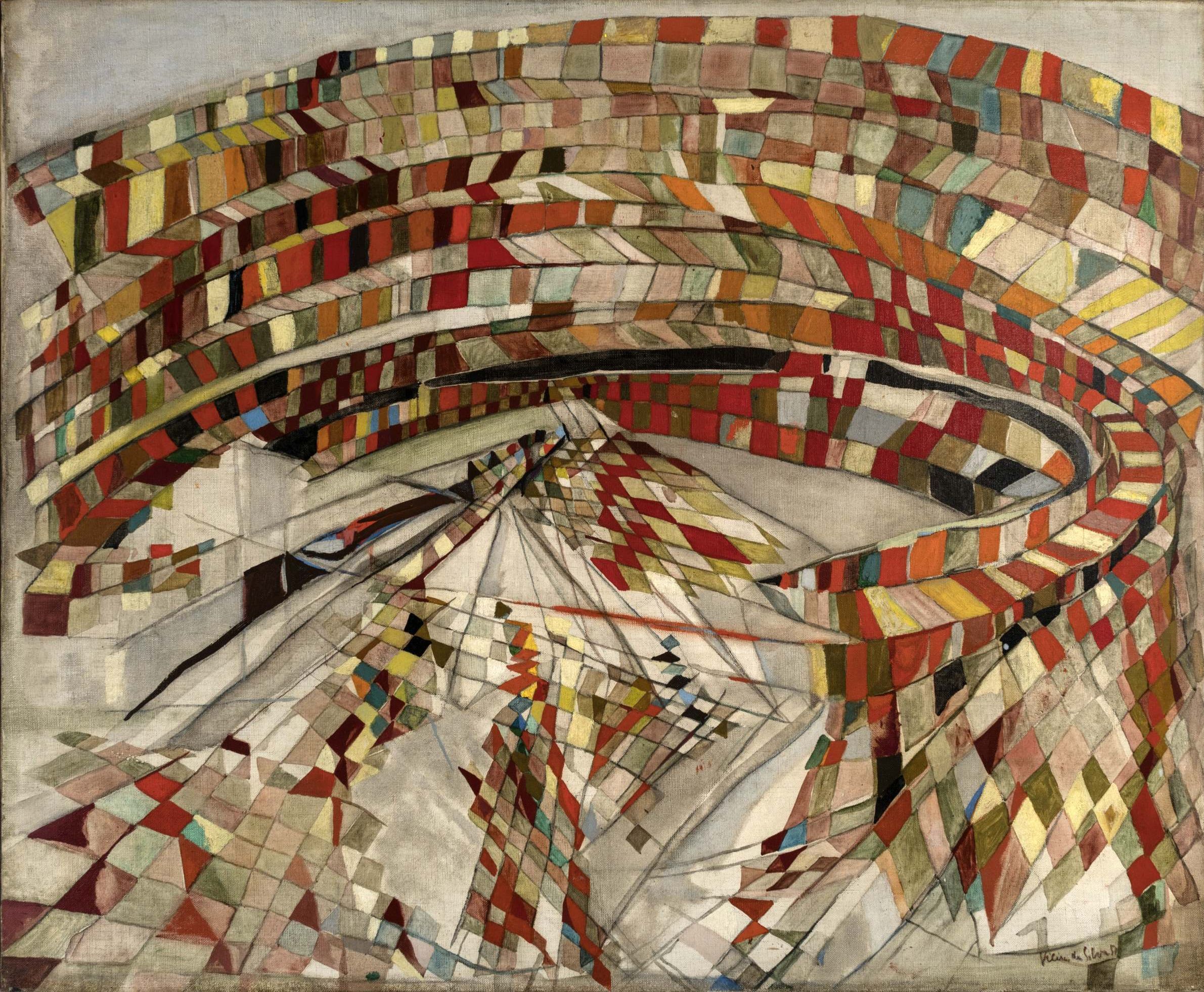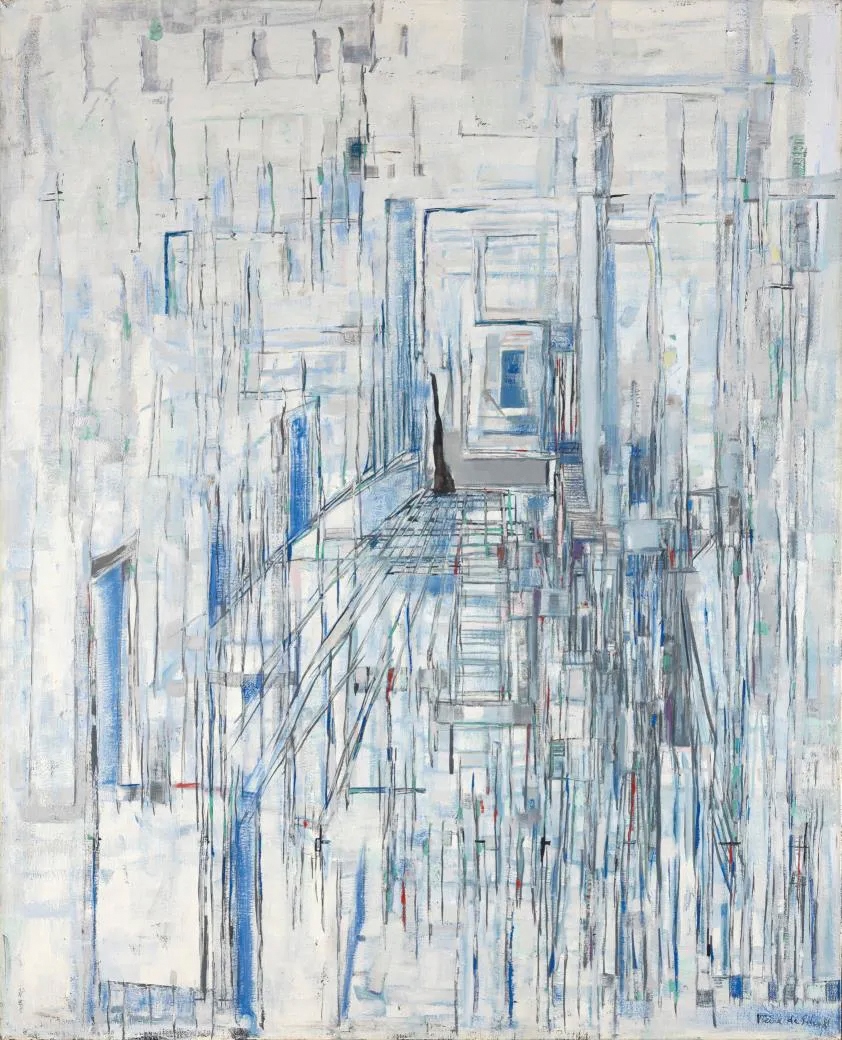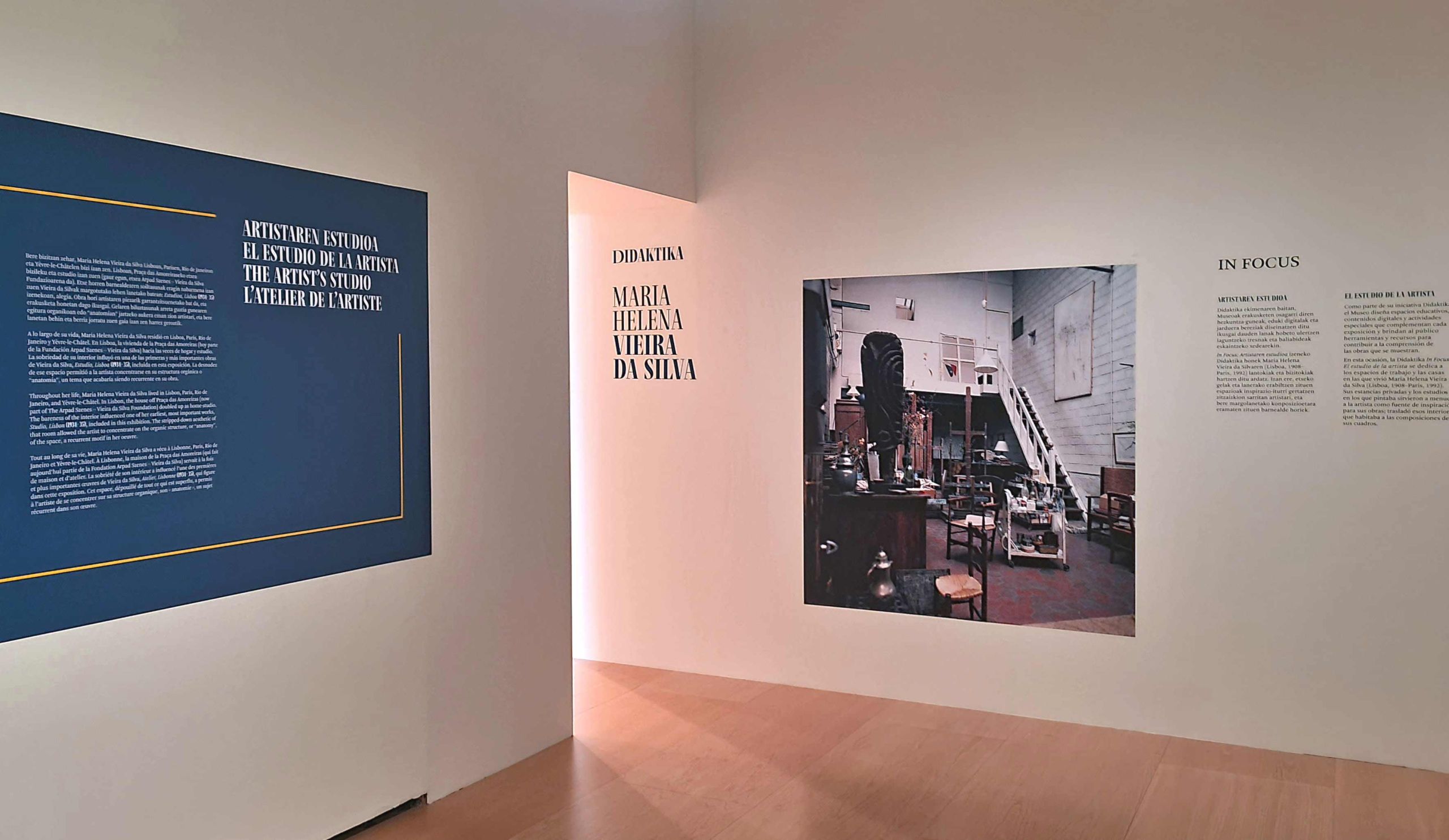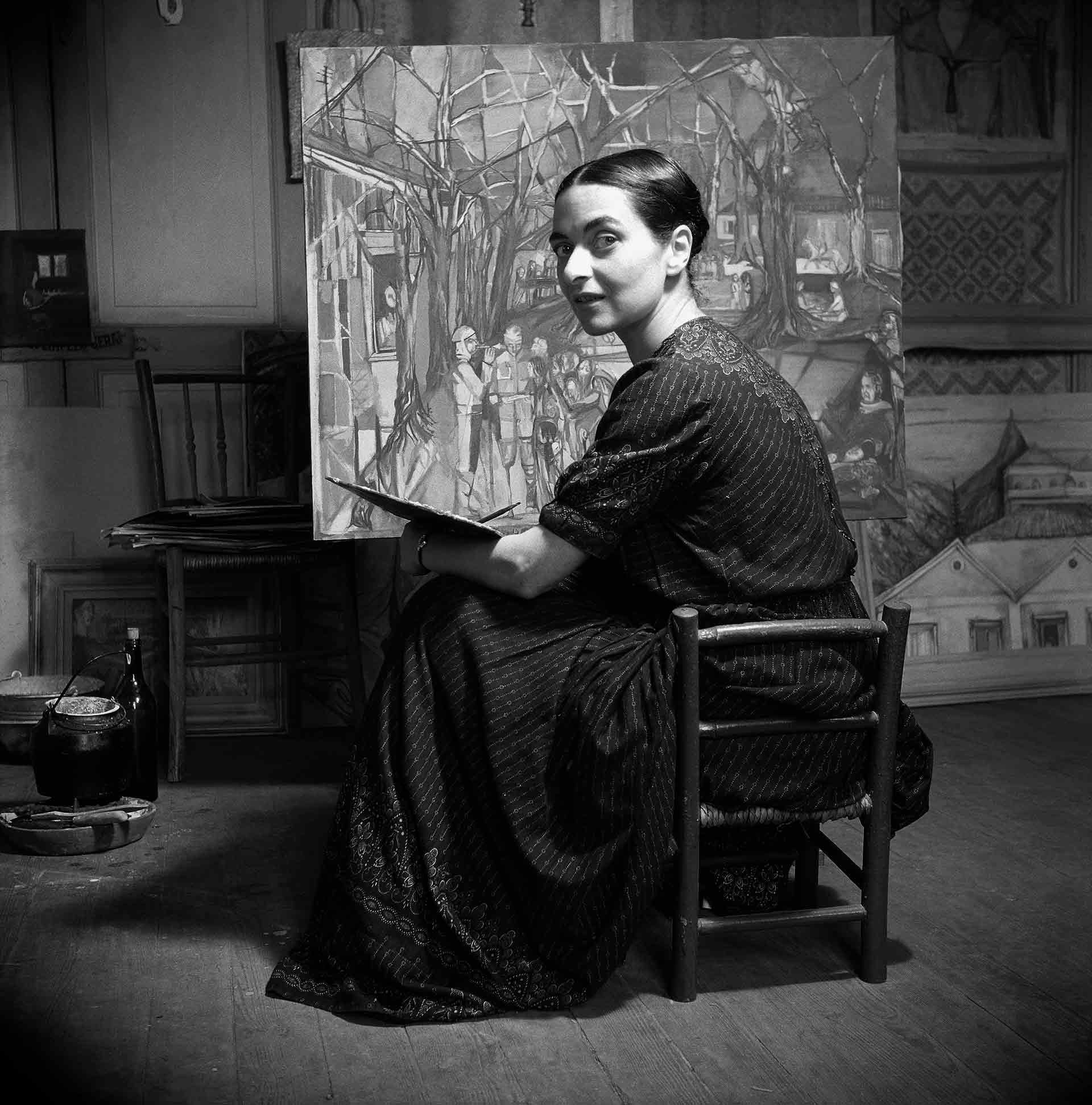Maria Helena Vieira da Silva. Anatomy of Space
10.16.2025 - 02.20.2026
Maria Helena Vieira da Silva was born into an affluent family in Lisbon on June 13, 1908. Her father died when she was only 2 years old, and her mother was left to raise her with the support of her family. As she grew up, Vieira da Silva was exposed to art and theater, and developed a taste for music that had a lasting impact on her. She studied painting and drawing at the Escola de Belas-Artes in Lisbon and in 1928 she moved to Paris to continue her training at the Académie de la Grande Chaumière. There she met her future husband, Hungarian painter Arpad Szenes. They lived in Paris until the outbreak of World War II, when they took refuge in Rio de Janeiro, only to return to Paris seven years later. By the late 1950s, Vieira da Silva achieved great fame and recognition for her complex abstract works. She continued to paint into the late 1980s and was the recipient of numerous awards, including Commandeure de l’ordre des Arts et des Lettres bestowed on her by the French government in 1960. Vieira da Silva died on March 6, 1992 in Paris.
This exhibition surveys the artist’s output from the 1930s to the late 1980s, to consider Vieira da Silva’s engagement with urban architectural landscapes and the role of memory in her work. The exhibition is grounded in a selection of key paintings showing Vieira da Silva’s repeated and continuously evolving deployment of abstract forms and optical illusions. Concurrently, it draws attention to the relationship between abstraction and figuration in her work, as seen in the architectural spaces she creates, which blur the distinction between real and imaginary cityscapes.
Vieira da Silva’s work incorporates a variety of styles and influences, ranging from the decorative geometry of the Hispano-Arabic azulejo tiles to the chequered tablecloths found in Pierre Bonnard’s paintings and the abstraction of Cubism and Futurism. Her own vocabulary is based on checkerboards, networks of intertwined lines, elusive perspectives and receding spaces, which suggest in Vieira da Silva’s own words that “A painting is never finished”.
Vieira da Silva’s work is historically tied to both Peggy Guggenheim’s and Solomon R. Guggenheim’s legacies. She featured as one of the 31 artists included in Peggy Guggenheim’s Exhibition 31 Women held at her museum-gallery Art of This Century in 1943, while Hilla Rebay was one of the first supporters of Vieira da Silva’s work, having purchased Composition (1936) now part of the Solomon R. Guggenheim’s Founding Collection in 1937.
Vieira da Silva reluctantly spoke about her work because she believed that “…painters may sound stupid when we talk. We know a lot of things, but we say them in our paintings.” However, once pressed for an explanation, she summed up her practice in a few poignant words: “As a rule, I don’t like works that flaunt their complications. I prefer those refined works that allow us to feel and guess, from a distance, the complexity of the things in the world.”
Gallery: 105
Curator: Flavia Frigeri
Venues: Peggy Guggenheim Collection, Venecia; Museo Guggenheim Bilbao
Maria Helena Vieira da Silva (1908 – 1992)
Figure de ballet, 1948
Oil and graphite on canvas, 27 x 46 cm
Courtesy Galerie Jeanne Bucher Jaeger, Paris - Lisbon
Inv. CR587
Virtual Tour
